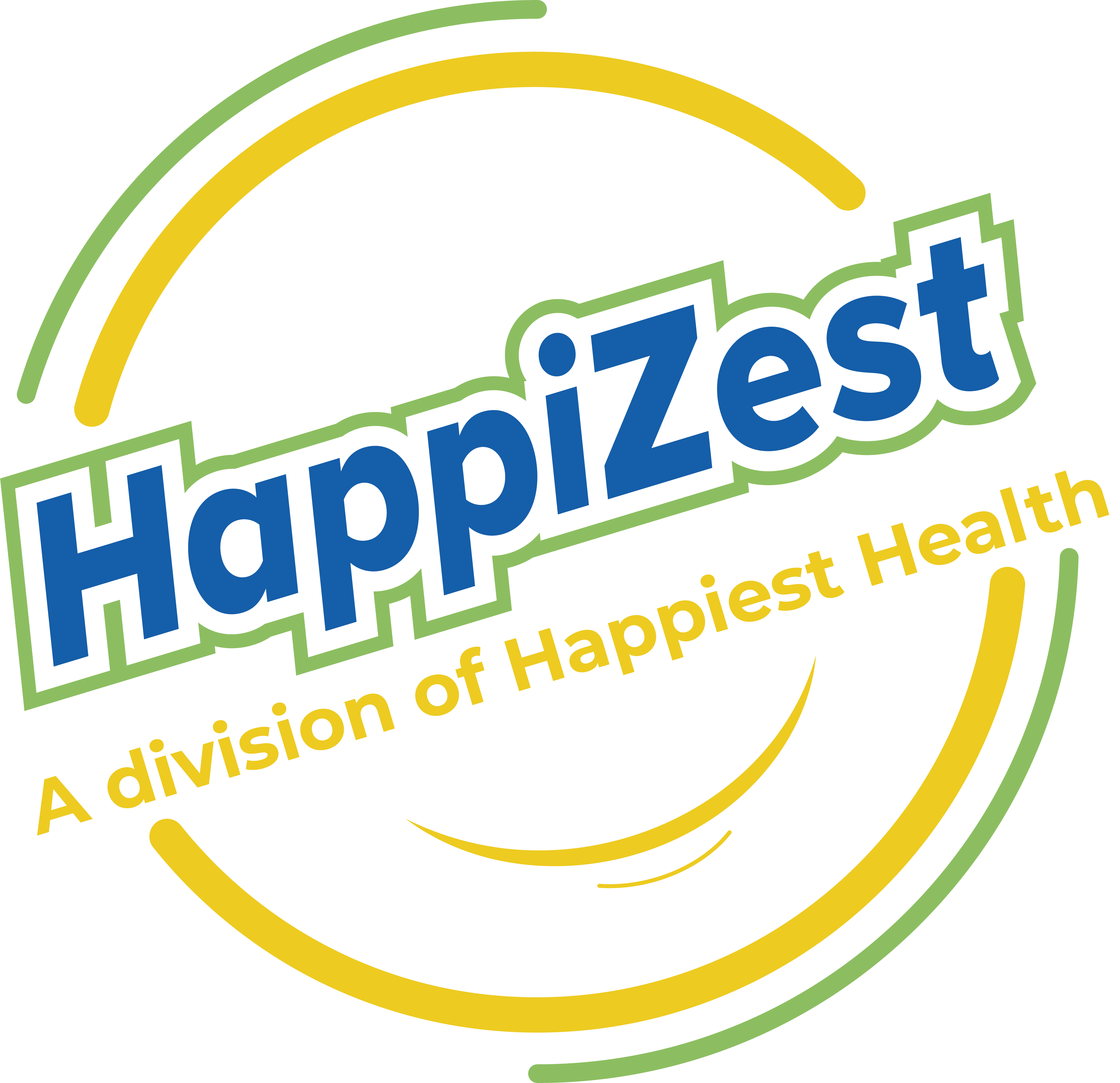This question of having a hybrid work model has been doing the rounds for a while as business leaders, HR managers and employees gear up for another disruption.
Last year, the shift from office to remote was a major one and while many swear by the convenience of remote working, it has its drawbacks.
According to Microsoft’s Work Trend index, “India had the second-highest percentage of workers facing increased burnout in Asia at 29%.” The survey included 6,000 workers from eight countries. Around 40% point out the lack of separation between home and work life as a big stressor. Professional isolation too has been a concern.
Even then, the fear of contracting Covid-19 has kept employees away from the office.
Under the circumstances, the hybrid workspace model comes out as a real winner. It eases the main stressors associated with the other two work models like hectic commute, work eating into family time, lack of social interaction, and excessive exposure to Covid-19. Furthermore, if your workforce is completely in-house and not at home, the chance of another lockdown can make it more disruptive.
What HR Managers can do to get employees back to office?
Take a Survey
Conduct a survey among your employees to know which working model they prefer, what sanitary measures they expect the company to take, and what they are looking for in a hybrid working model.
Implement Sanitary Procedures
- Clean and disinfect the facilities.
- Pay special attention to high-traffic areas such as stairwells or elevators, dining areas, shared spaces, and bathrooms.
- Sanitize surfaces often that are touched frequently such as doorknobs or light switches.
- Improve ventilation by installing an air filtration system or keeping windows open.
Control the number of employees in the workplace
Set fixed capsules of employees who work in the office on the same days and times, rotate employees in these capsules between WFH and working in the office. You can set daily shifts for individual employees to avoid large groups from congregating,
For e.g., Oyo has divided its workforce into 3 categories —corporate employees, capability functions, and field staff. The corporate employees and capability functions would be opting for a combination of working from home and working from flexible co-working spaces solutions.
Re-map the seating arrangements
Re-organise seating to allow 2 meters/6 feet distance between people. Assess what seats will enable to maintain distance, stagger workstations and indicate distances clearly with floor markings or carpets.
Companies like Oyo and Infosys have already adopted the Hybrid working model. Other top corporate houses like Birla group. RGB group, Kotak Mahindra. TCS, Tech Mahindra, Cognizant Technology Services have finalised the hybrid working model for this year.
Infosys sees this as an opportunity to build social capital which many companies have been stressing on.
Trilegal has taken specific steps to ensure harmonious connections between partners and employees like mindfulness workshops, holistic connects an individual and team basis and initiatives like Fahrenheit Fridays where music bands are invited to perform.
The challenge for HR managers in adapting to the remote and hybrid work models has primarily been to assimilate everybody in the company culture, which is the foundation for many organisations, to stay agile and make fast decisions, enable smooth collaborations and foster innovation.
While cloud technology, to a great extent, has helped companies find that sweet soft between technology business and people, there’s a growing need to integrate wellness initiatives in the day-to-day technology used by employees.
“76% employees think that their workplace is responsible for their health and wellbeing, and with rising concerns of poor mental health, burnouts, stress and others, companies have gone above and beyond to incorporate wellness initiatives at the workplace.”
Wellness solutions for hybrid work model
- Live fitness classes: Your employees and their family members can tune into some live Fitness classes like Yoga, Pilates, or Zumba. Along with serving as a healthy workout, it’s a great way to de-stress with colleagues and family.
- Health & wellness webinars: Educate your workforce with in-depth webinars where health experts will offer professional advice on health tools and prevention measures.
- Online Engagement Activities: A fun quiz or a puzzle can help break the monotony and avoid burnout from setting in. A healthy, competitive spirit among players will increase engagement.
- Keep them informed: Update your employees on the latest wellness trends through some light articles and engaging videos.
These and many more wellness initiatives can serve your employees’ wellbeing needs in an effective and holistic way.
Speaking about holistic wellbeing, Wellbeing on the Wow (WOW) offers you the complete package by focusing on the physical, social, emotional, and pillars of wellbeing. If interested, request a demo here.






